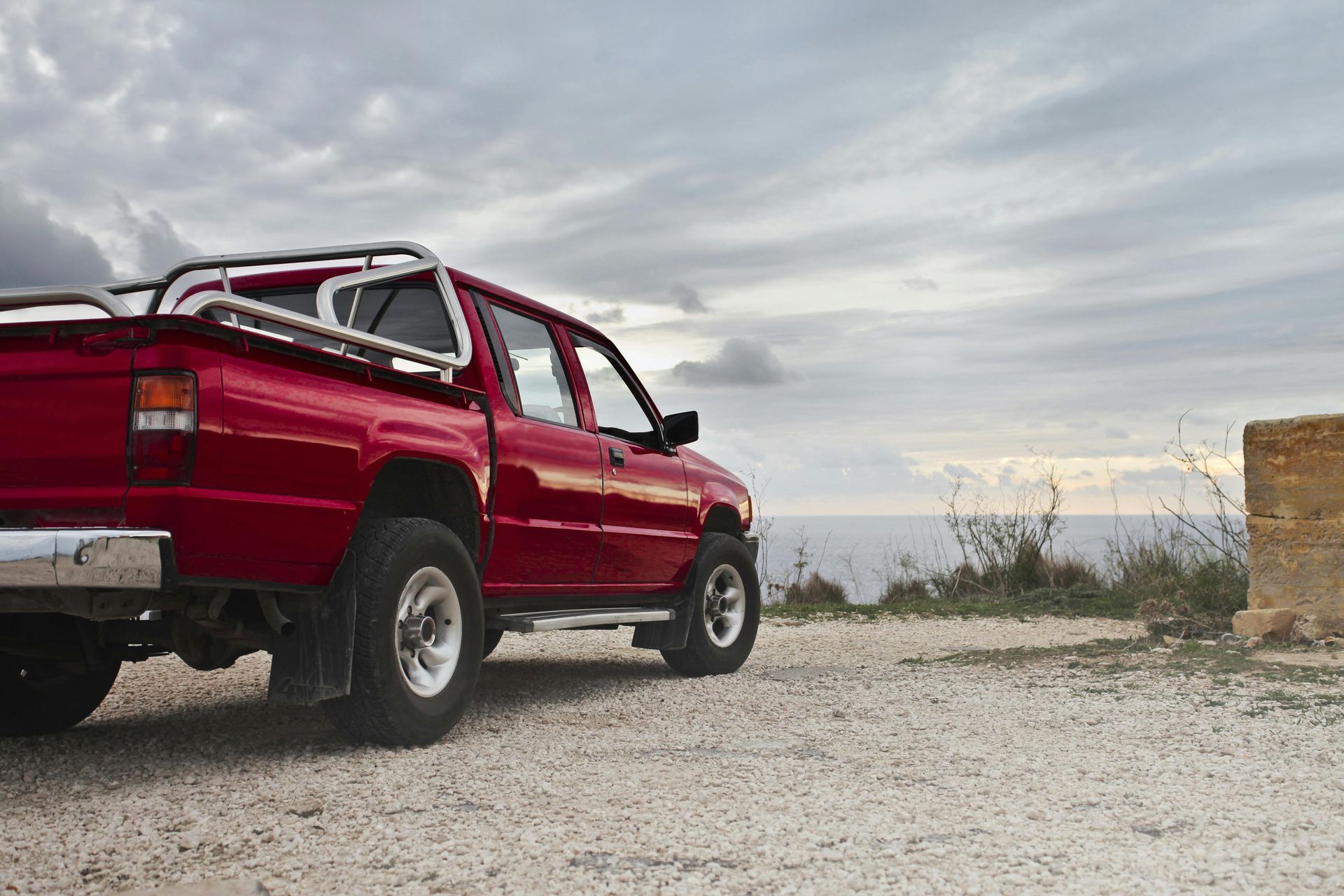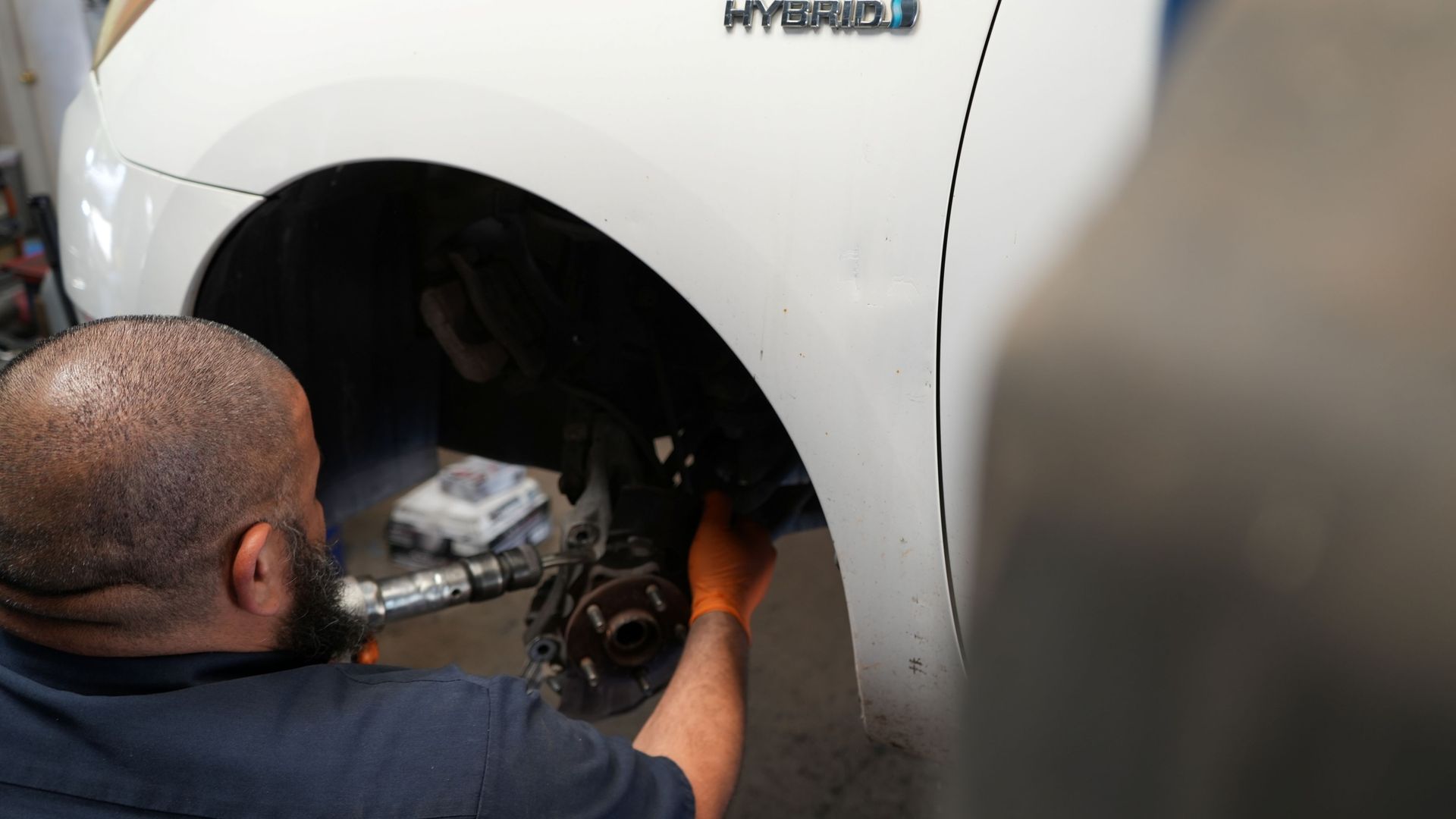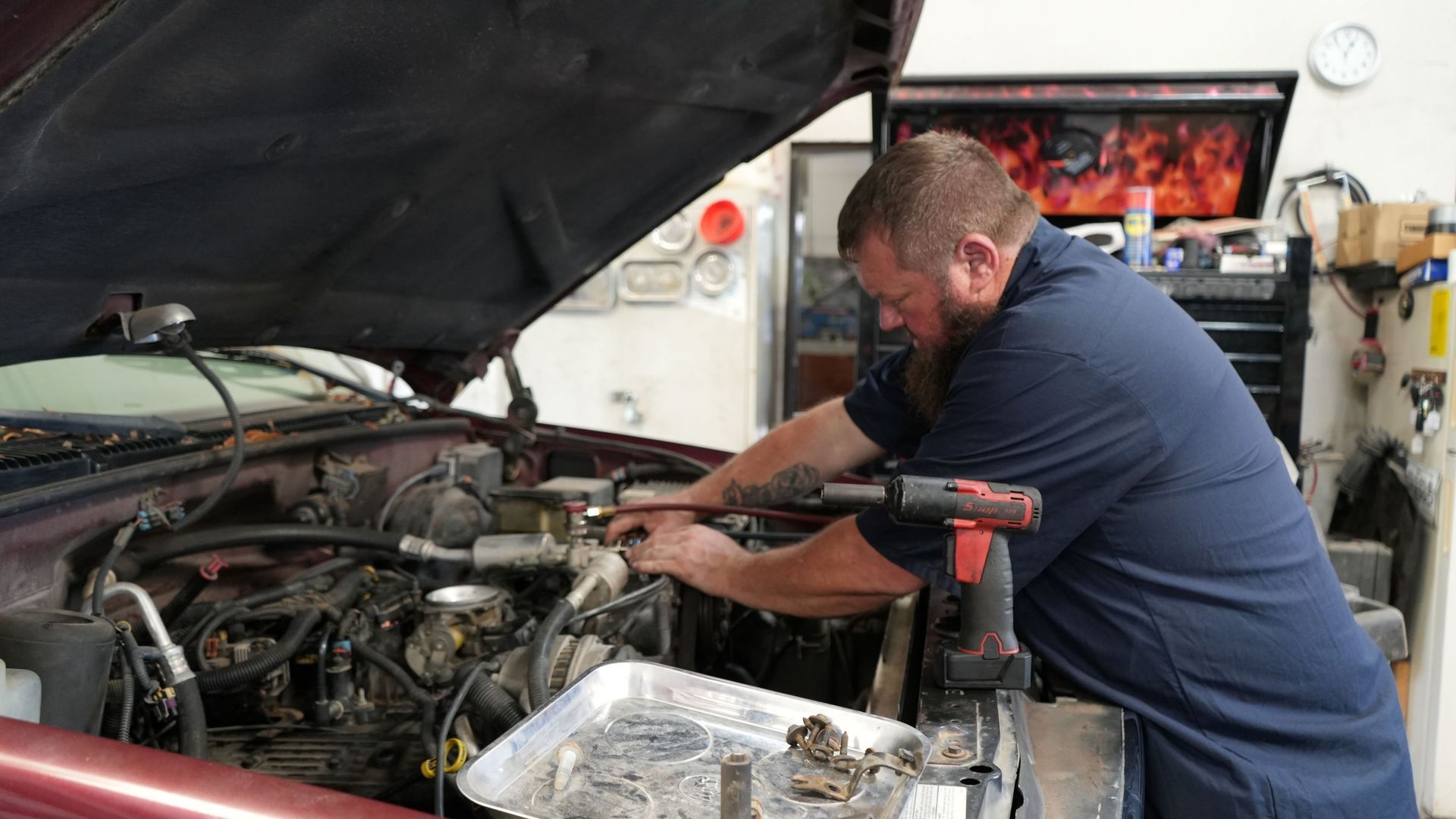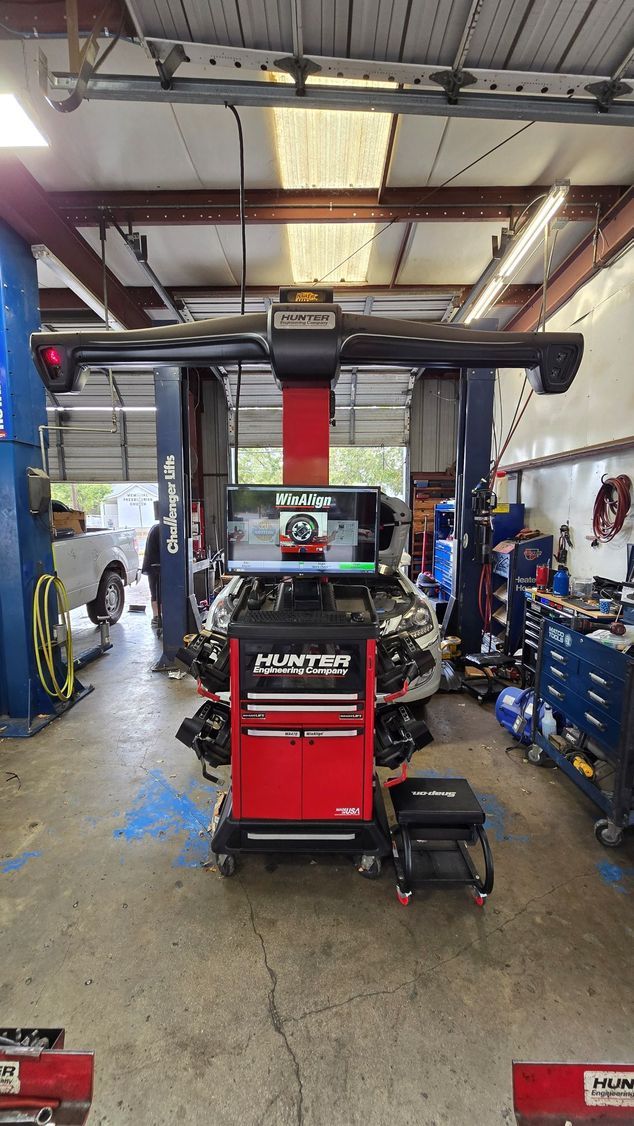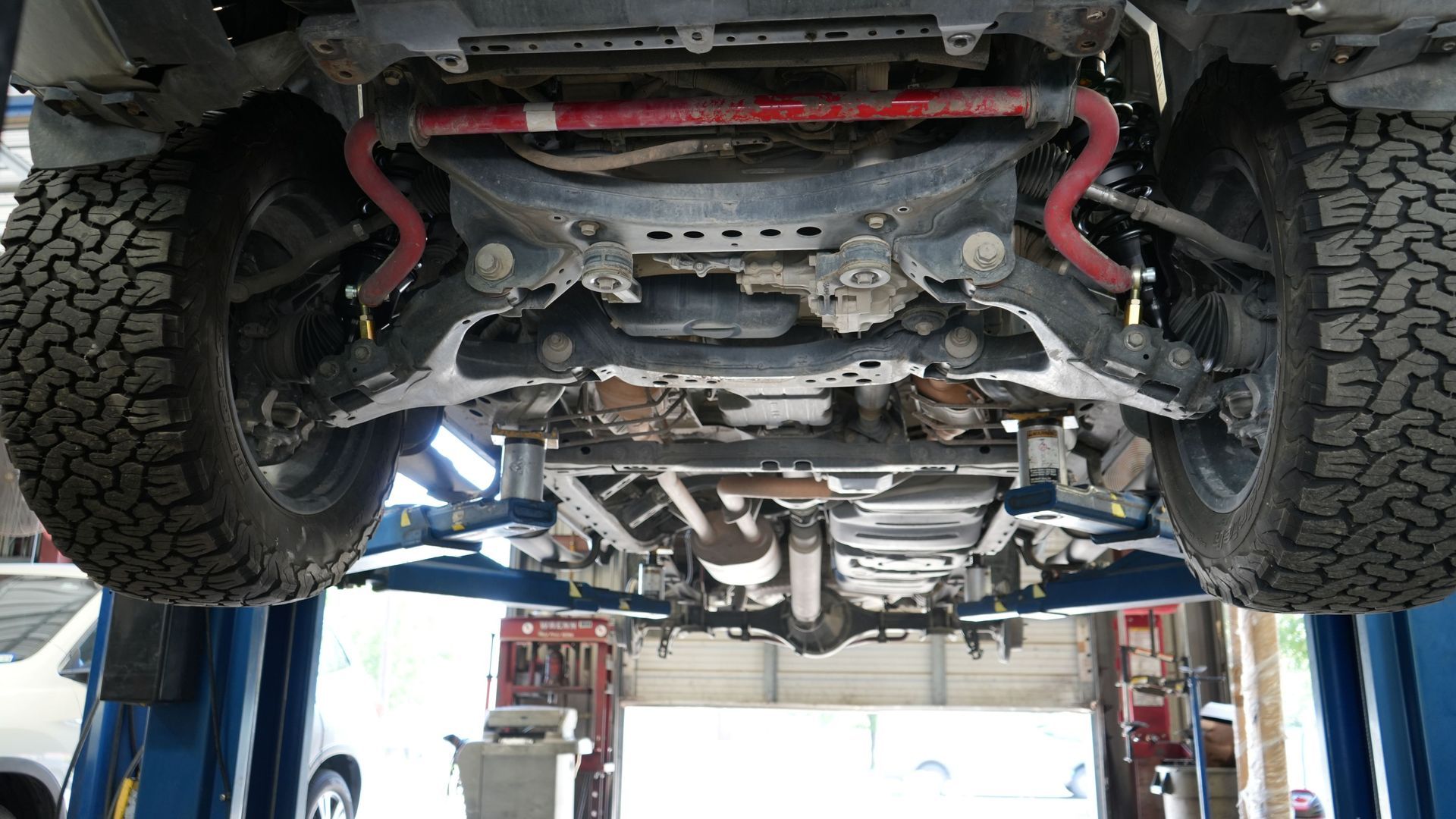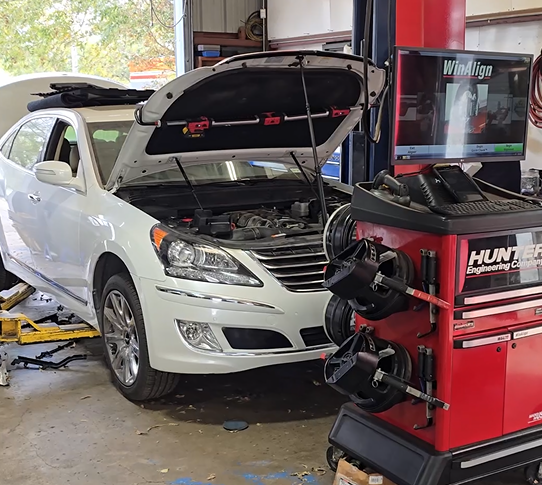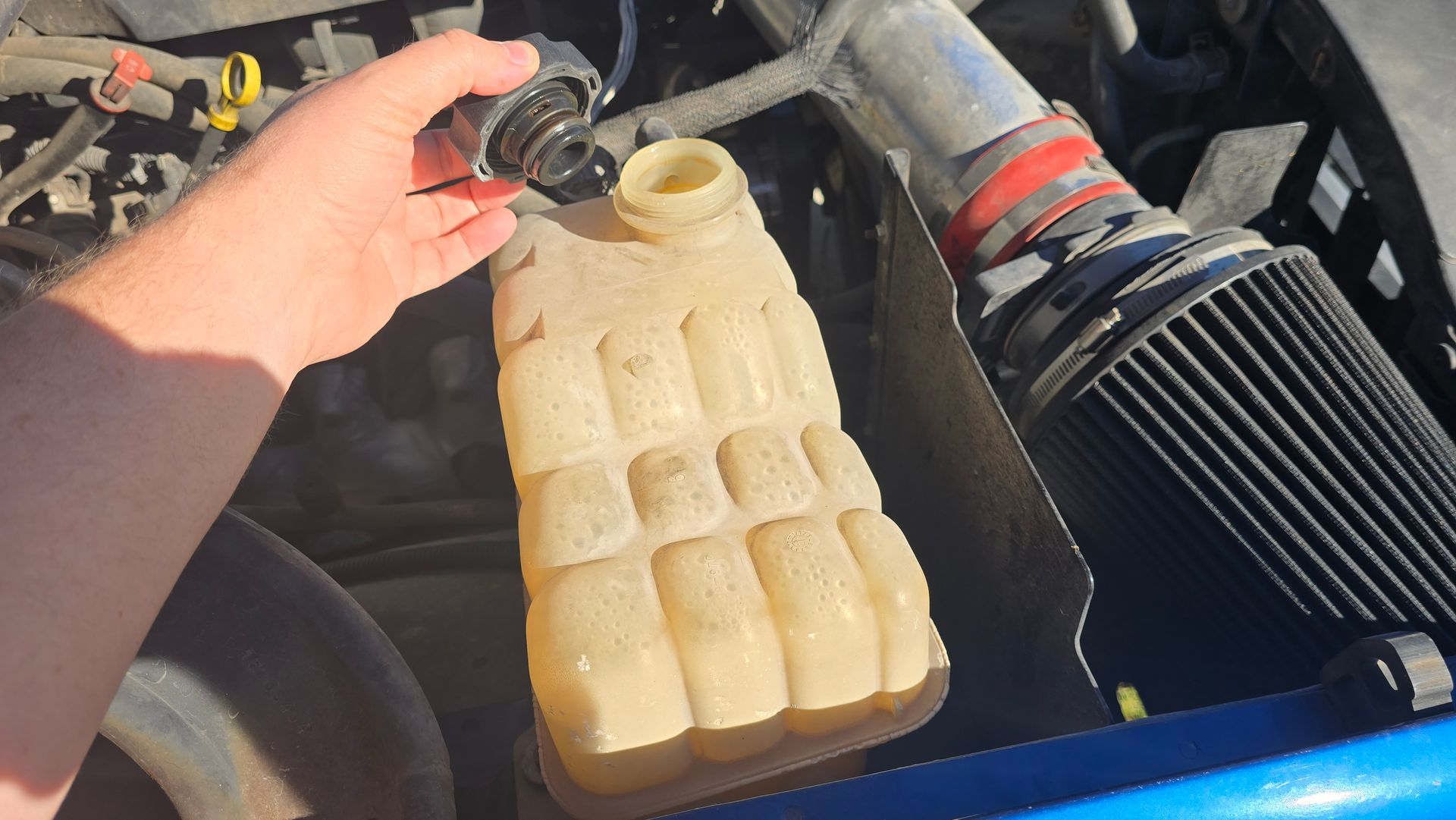A Guide to Proper Vehicle Alignment
Choosing the Right Alignment Service: A Guide to Proper Vehicle Alignment
Proper vehicle alignment is crucial for ensuring your vehicle's safety, performance, and longevity. Misaligned wheels can lead to uneven tire wear, reduced fuel efficiency, and increased risk of accidents. In this blog, we'll provide a comprehensive guide to choosing the right alignment service, including the benefits of proper alignment, types of alignment services, and what to expect during an alignment.
Benefits of Proper Vehicle Alignment
Proper vehicle alignment offers several benefits, including:
- Improved safety: Properly aligned wheels can improve your vehicle's handling and stability, reducing the risk of accidents.
- Increased fuel efficiency: Misaligned wheels can lead to increased fuel consumption, while proper alignment can improve fuel efficiency.
- Extended tire life: Proper alignment can help to extend the life of your tires by reducing uneven wear.
- Reduced maintenance costs: Proper alignment can help to reduce maintenance costs by preventing premature wear on suspension and steering components.
Types of Alignment Services
There are several types of alignment services available, including:
- Standard alignment: This is the most common type of alignment service, which involves adjusting the toe, camber, and caster of your vehicle's wheels.
- High-performance alignment: This type of alignment service is designed for high-performance vehicles and involves more precise adjustments to the suspension and steering components.
- Custom alignment: This type of alignment service is designed for vehicles with unique suspension or steering systems, such as lifted trucks or vehicles with aftermarket suspension components.
What to Expect During an Alignment
During an alignment, a technician will use specialized equipment to measure and adjust the alignment of your vehicle's wheels. Here's what you can expect:
- Initial inspection: The technician will perform an initial inspection of your vehicle's suspension and steering components to identify any issues.
- Measurement: The technician will use specialized equipment to measure the alignment of your vehicle's wheels, including the toe, camber, and caster.
- Adjustments: The technician will make adjustments to the suspension and steering components to bring the alignment within the manufacturer's specifications.
- Final inspection: The technician will perform a final inspection to ensure that the alignment is correct and that your vehicle is safe to drive.
How to Choose the Right Alignment Service
Choosing the right alignment service can be overwhelming, but here are some tips to help you make the right decision:
- Check the technician's qualifications: Make sure the technician has the necessary training and experience to perform an alignment on your vehicle.
- Check the equipment: Make sure the alignment service has the necessary equipment to perform an accurate alignment.
- Check the warranty: Make sure the alignment service offers a warranty on their work.
- Read reviews: Read reviews from other customers to get an idea of the quality of service.
Conclusion
In conclusion, proper vehicle alignment is crucial for ensuring your vehicle's safety, performance, and longevity. By choosing the right alignment service, you can ensure that your vehicle is properly aligned and that you're getting the best possible performance and fuel efficiency. At Quick Align Automotive, we offer a range of alignment services, including standard, high-performance, and custom alignment. Contact us today to schedule an appointment and get your vehicle properly aligned.

